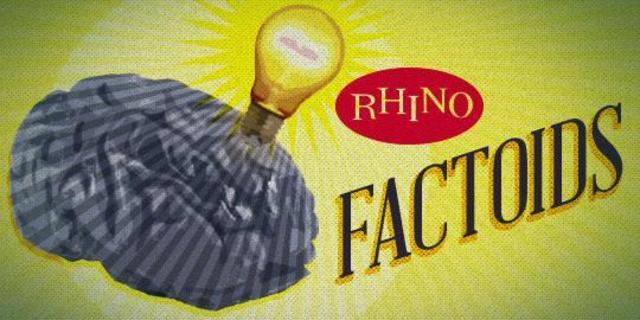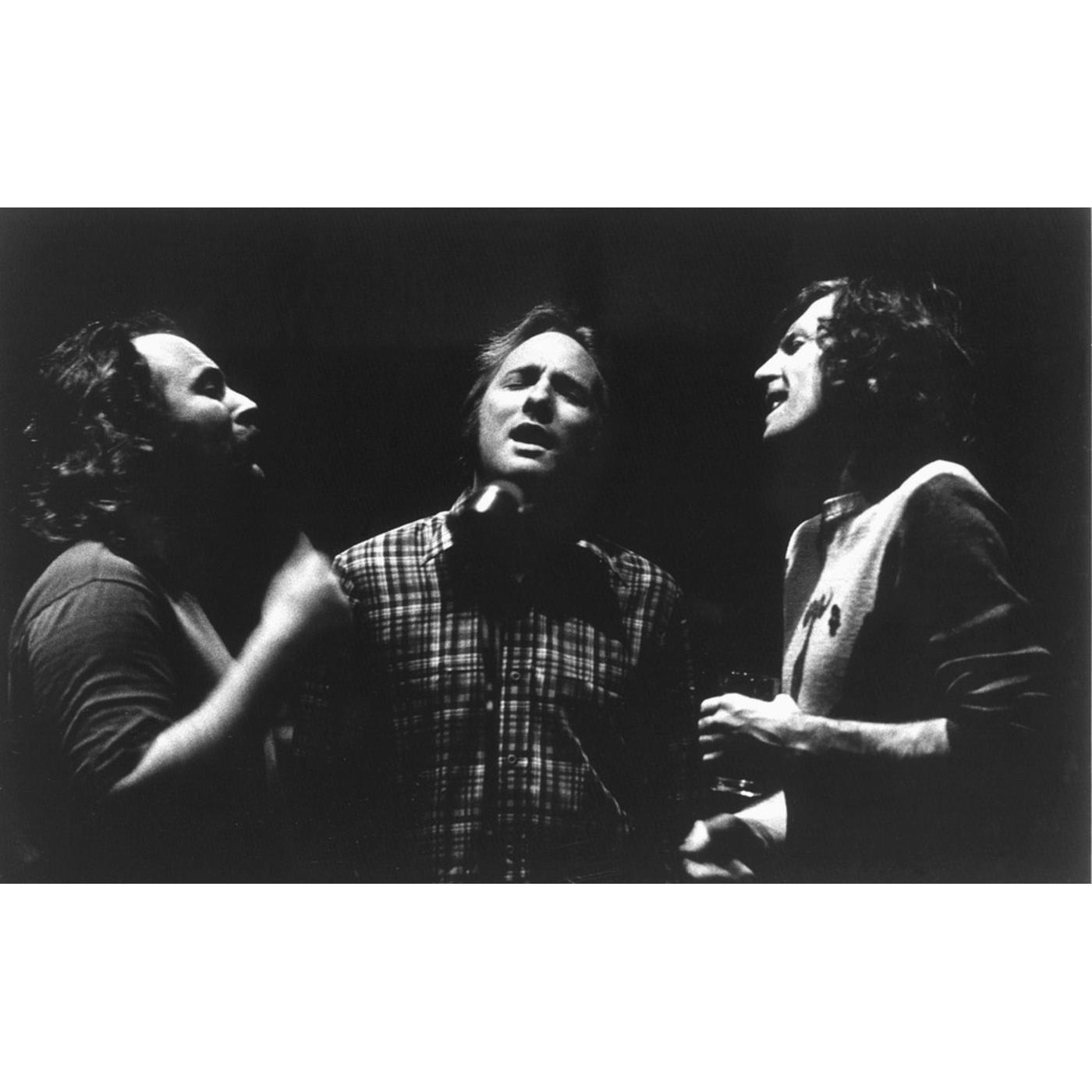Rhino Factoids: The Day Four Died in Ohio

46 years ago today, a tragedy at Kent State University inspired one of the most powerful protest songs in rock ‘n’ roll history.
When President Richard M. Nixon announced his decision to send a U.S. invasion force into Cambodia on April 30, 1970, it was greeted with considerable disdain by a significant portion of the population, and given that it was an era which was ripe with political protests, it was only to be expected the decision would inspire such protests around the country. On May 1, things started to get ugly in Kent, with protestors taking things too far, damaging storefronts in the midst of making their political statement. In turn, police were dispatched, tear gas was released, and tensions between the two sides increased significantly. On May 2, an ROTC building was set aflame, inspiring cheers from students and further tear gas from National Guardsmen that had been called by Ohio Governor James Rhodes.
A major protest was planned for May 4, but as history reveals, the biggest statement made during the course of the event was made by the National Guard: in response to increased violence by the protesters, including the throwing of rocks, the Guardsmen responded by firing on the students. In only 13 seconds, 61 to 67 rounds were fired (reports vary), nine students were injured, and four students were dead.
When David Crosby saw the now-famous issue of Life magazine that featured photos from the horrific incident, he gave it to Neil Young, which provided Young – who had heard the news reports about the tragedy – with the focus he needed to compose a song about what had happened on the college campus in only a few hours. Written on guitar, “Ohio” was recorded almost as quickly as it was written. According to Graham Nash in an interview with MusicRadar, “Crosby called me up and said he’d booked a studio: ‘Neil just wrote this song, it’s fucking fantastic. Get down here.’ Neil played me ‘Ohio,’ and it was, ‘Holy fuck – fantastic.’ We recorded it in an hour and a half.”
It took another 30 minutes to record “Find the Cost of Freedom,” a Stephen Stills composition, and after the two songs were mixed, Crosby, Stills, Nash & Young sent the two-track master to Atlatnic Records president Ahmet Ertegun and – according to Nash – said, “Ahmet, we want this out now.” 12 days later, the single was in stores, housed in a sleeve with a copy of the U.S. Constitution that had four bullet holes in it.
Subtle? Not exactly. Classic? Without question.


